
True hygge with environmentally friendly log fire
A crackling log fire is pure HYGGE. But what’s actually the best way to have log fires in our modern, well-sealed and fully-insulated homes?

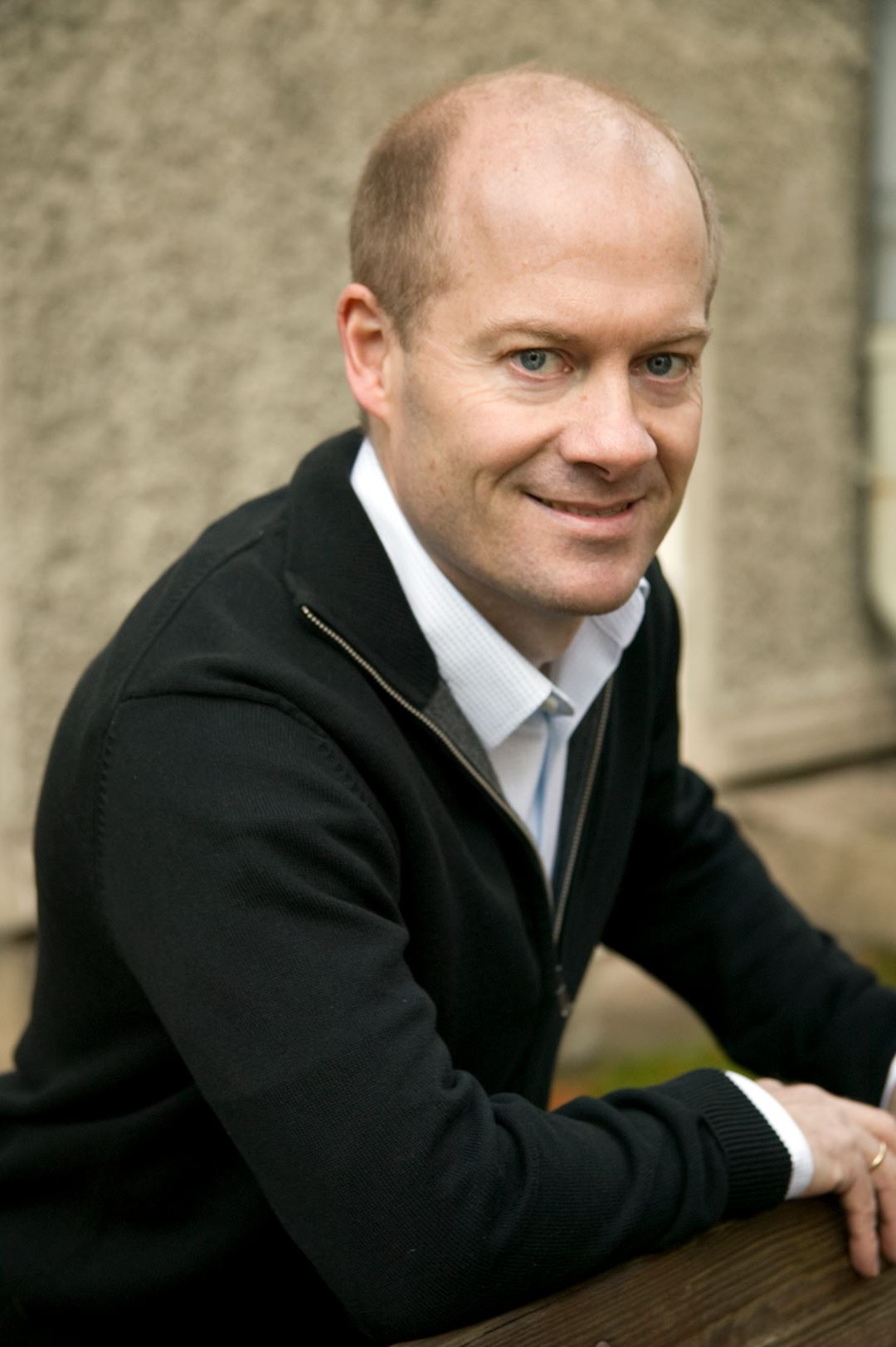
The green transition is beginning to make its mark. For our clients, it offers key commercial opportunities and challenges. SINTEF Energy Research aims to promote the acceleration of this transition, and generate new solutions in collaboration with our clients and research partners.
The Norwegian Centres for Environmentally-Friendly Energy Research (FME) are a key driving force behind the green transition. A major highlight for us and our research partners came on 26 May, when we were awarded coordinating responsibility for three new FME centres, and participation in three others.
These centres are important because they are long-term initiatives designed to ensure that we develop robust skills and expertise in fields that are crucial to Norway in its role as an energy nation. Together with our research partners throughout Norway and in Europe, we intend to use these eight-year initiatives to generate new research, innovations and jobs linked to tomorrow's energy systems. They will contribute towards a smart and knowledge-based green transition and generate technologies for a better society. This is a big responsibility.
Two of the FME centres, BIGCCS and Cedren, both launched in 2009, held their concluding conferences in 2016. BIGCCS and Cedren have conducted research into carbon management, and environmental design and renewable energy, respectively. In total, they have contributed to the education of an impressive number of students, the publication of several hundred scientific articles, and the development of many innovations. Furthermore, research results from the centres have been applied in the energy sector, and the centres have contributed to new research projects addressing new research challenges.
Finally, another highlight from 2016, was the project "Better Together", which aimed at further developing collaborative interaction between SINTEF and NTNU. The project was headed by Kari Melby, Pro-Rector for Research at NTNU, and myself. In 2016, we issued the final project report that presented a range of fields in which NTNU and SINTEF now intend to achieve even more productive collaboration. SINTEF Energy research turned 65 years in 2016. Much of the reason we are where we are today is the result of our collaboration with NTNU. Recently, the Times Higher Education World University Rankings placed NTNU as first among the universities in the world that collaborate with a single industrial sector partner. The partner was SINTEF. As much as 9.1 per cent of NTNU's research-related publications are issued in collaboration with SINTEF. Co-publication with NTNU is important to us, and for this reason it gives us even greater pleasure to see that in 2016 we set a new record for scientific publications.
You can read all about this and more in our Annual Report. Good reading!

We shape the future's energy solutions
SINTEF Energy Research delivers research-based systems and services that generate value for our clients, both in Norway and worldwide. We are a part of the SINTEF Group, which is one of Europe's largest independent research centres. We are an independent and non-commercial organisation.
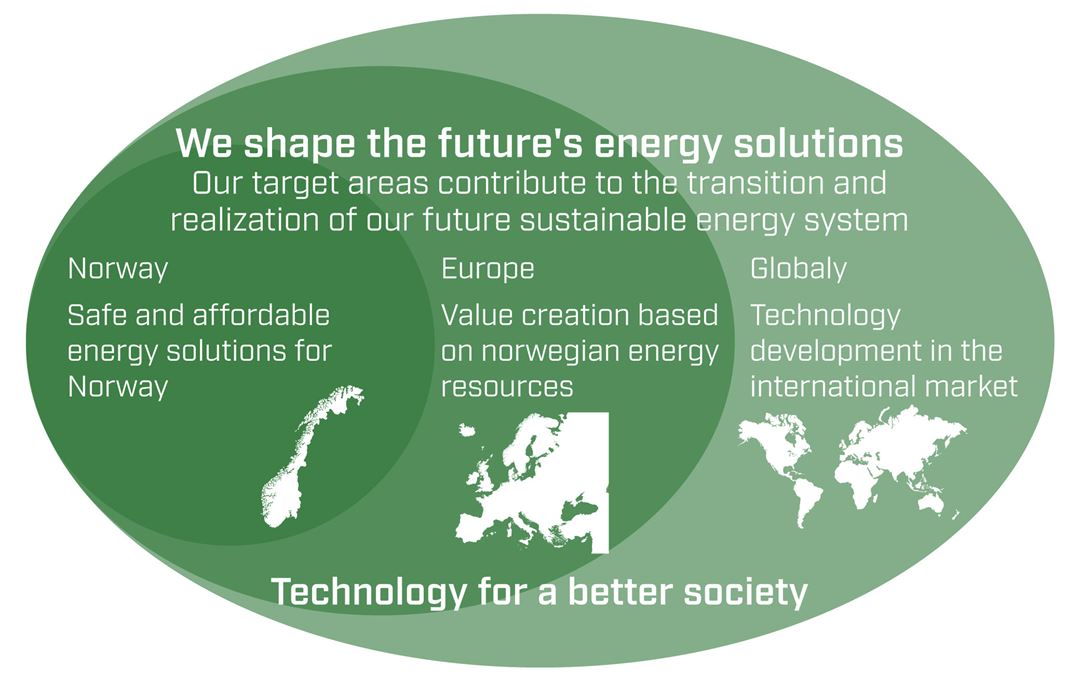

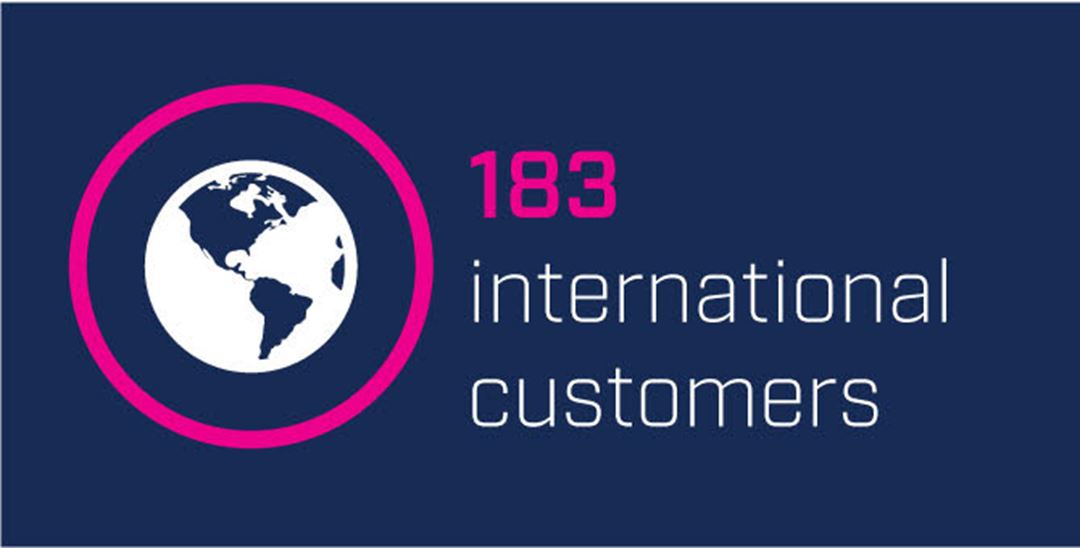

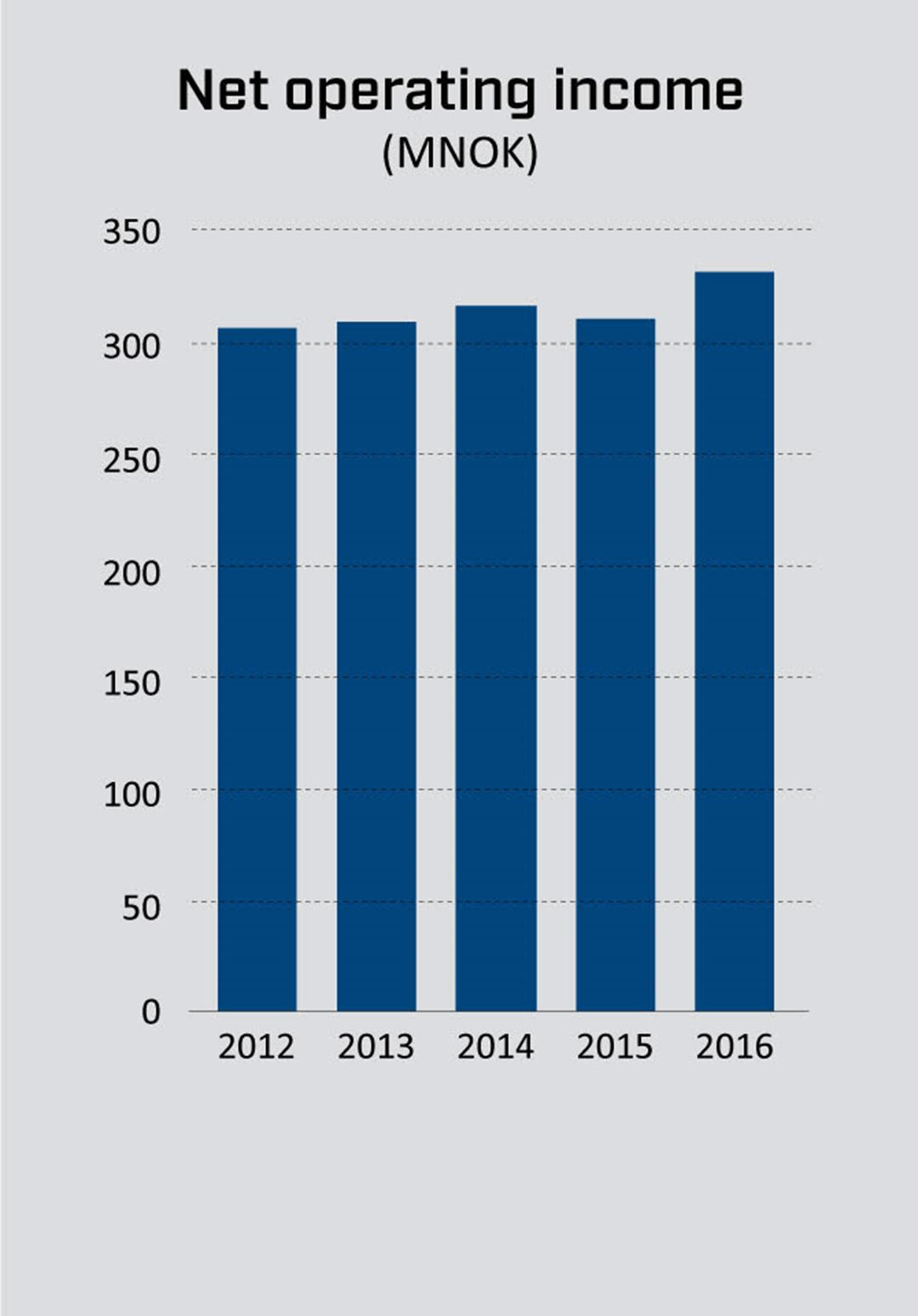
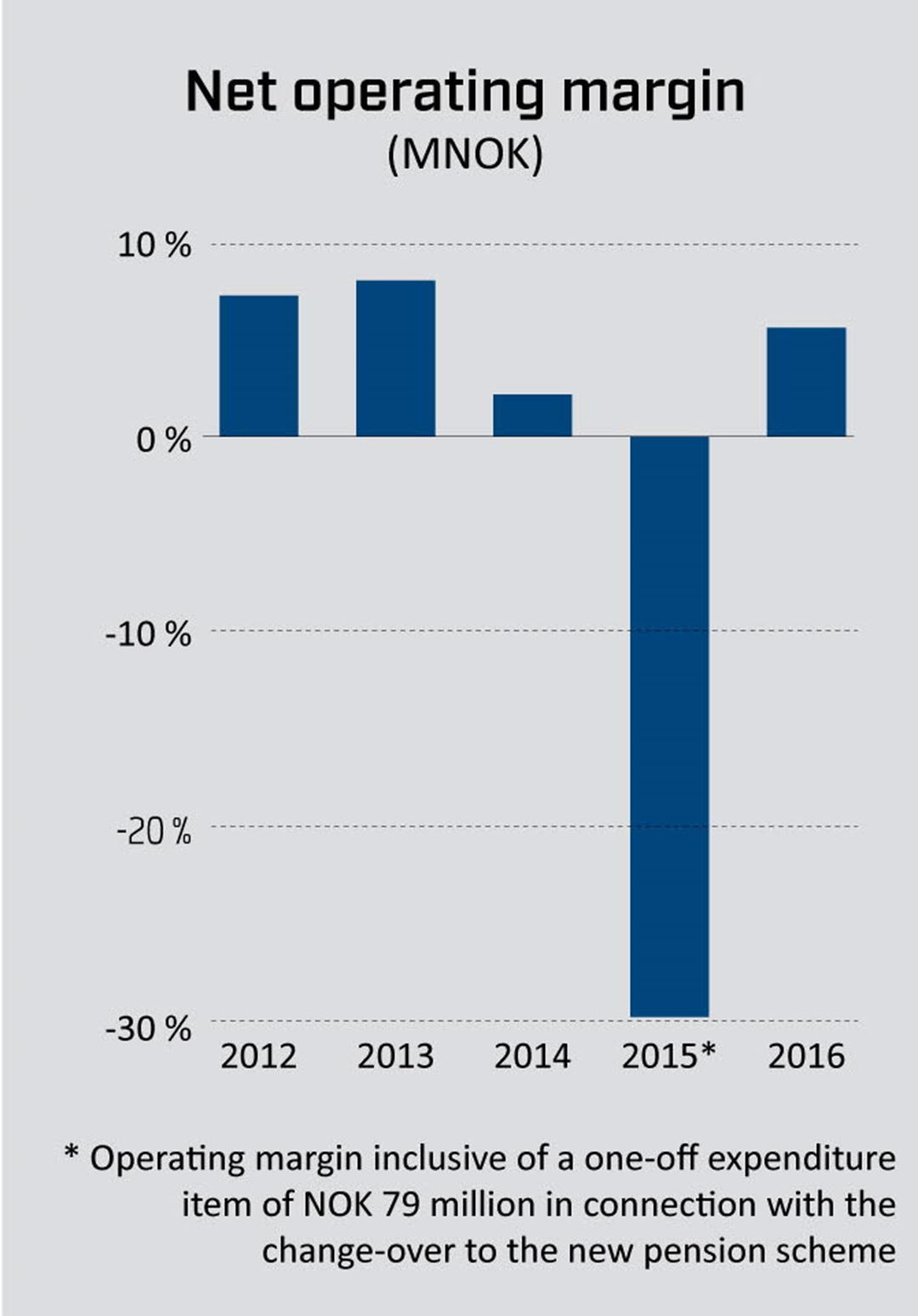
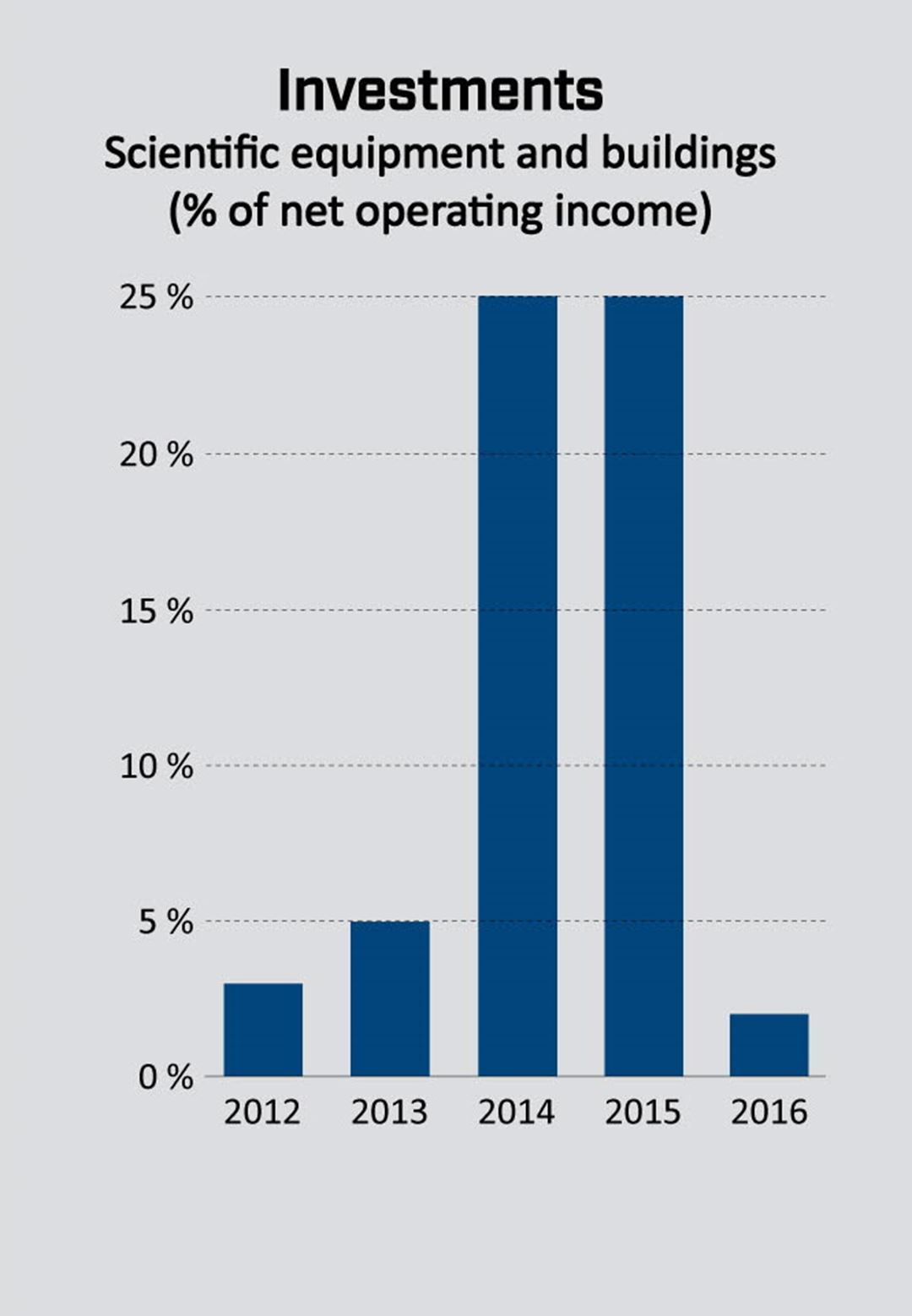
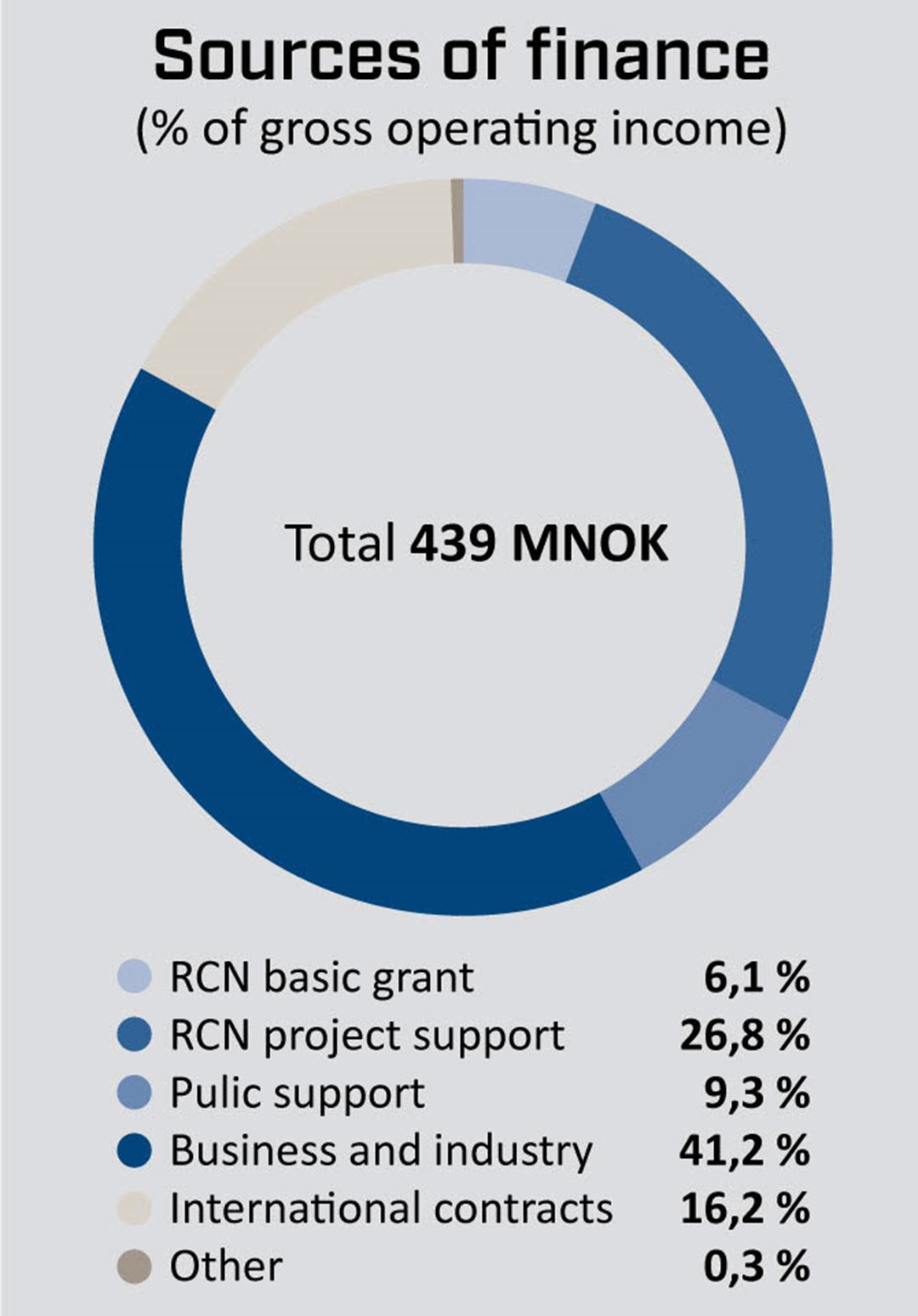
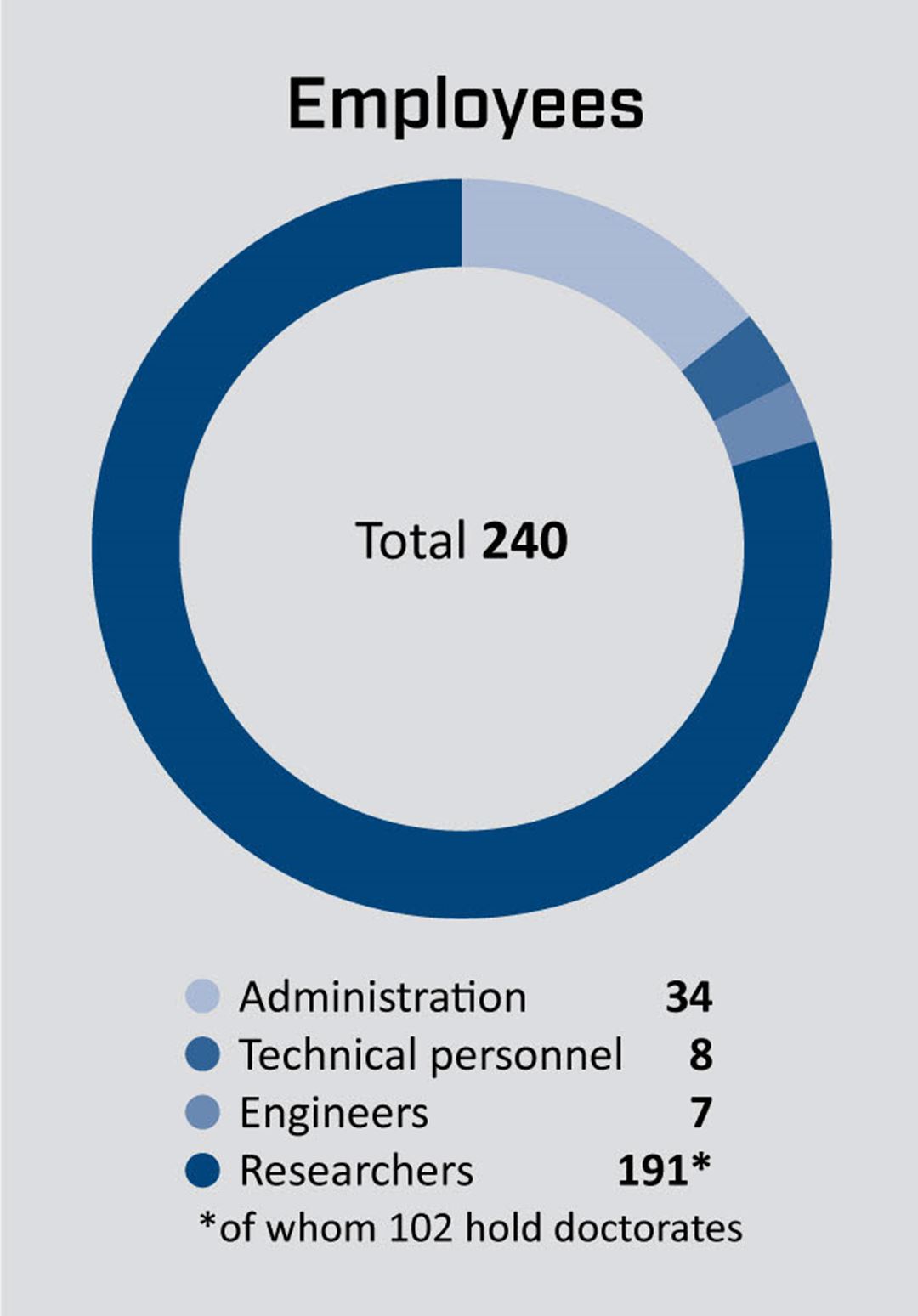
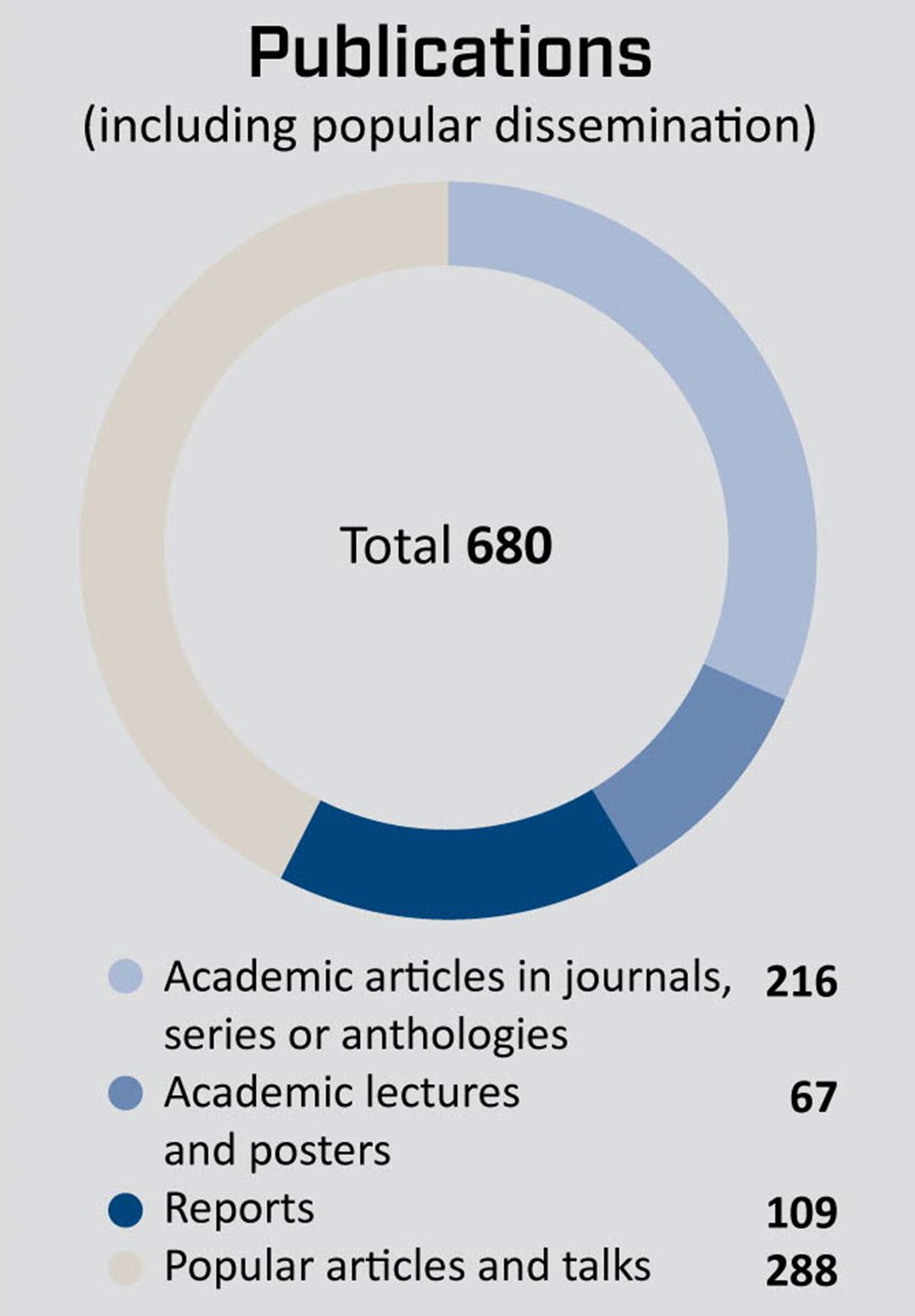
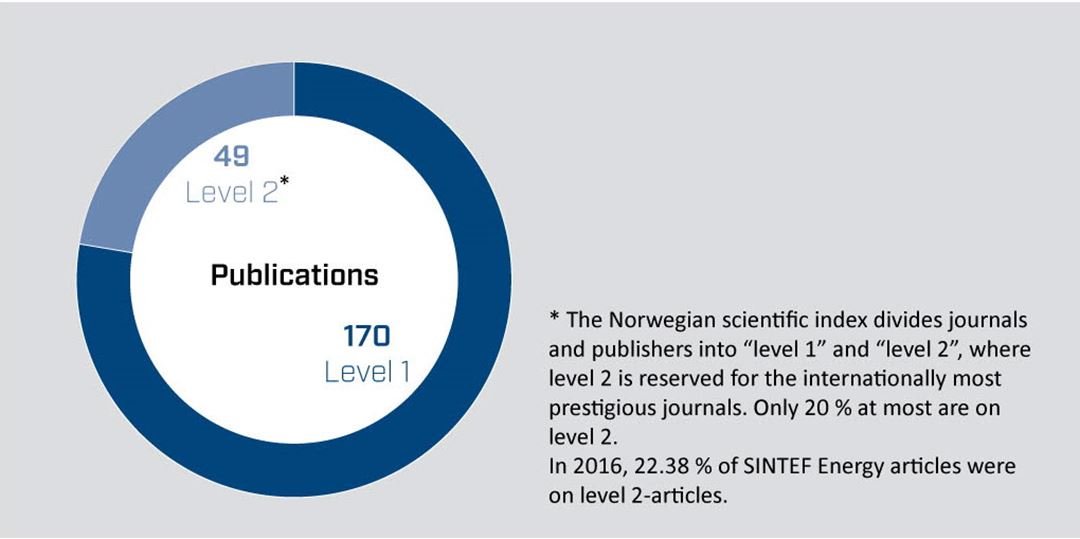
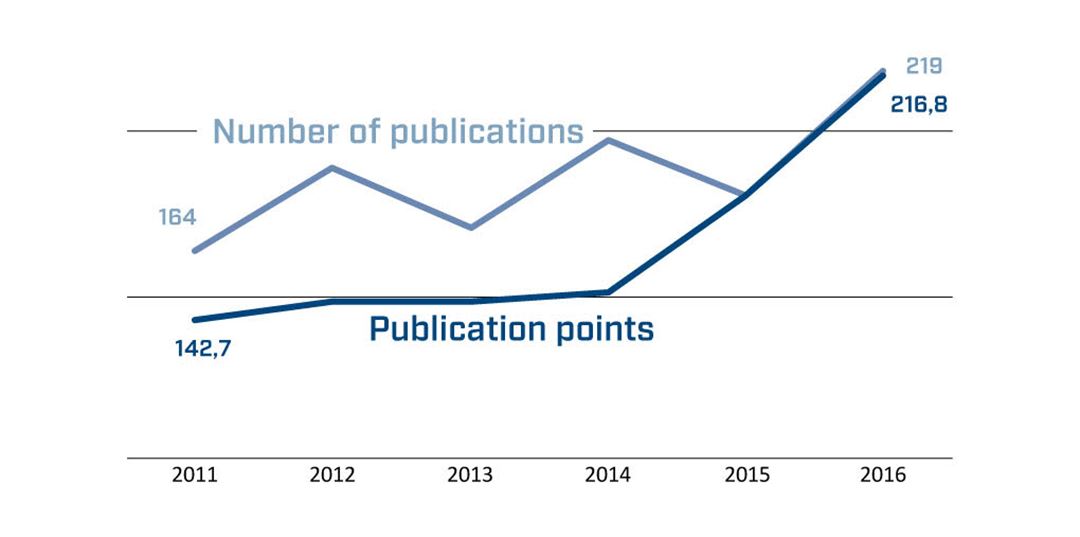

SINTEF Energy Research has a significant research profile and is involved in six of the Research Council's research centers for environmentally friendly energy along with industry and research partners. The Institute has a strong position in the EU Research Framework Program with extensive activities in areas such as energy planning, energy efficiency, wind power, transport and storage of CO2, as well as technology for gas- and coal. The Institute's strong academic profile, which is created partly through the implementation of Parliament's climate agreement, placing the institute's research at the forefront of European energy research.

A crackling log fire is pure HYGGE. But what’s actually the best way to have log fires in our modern, well-sealed and fully-insulated homes?
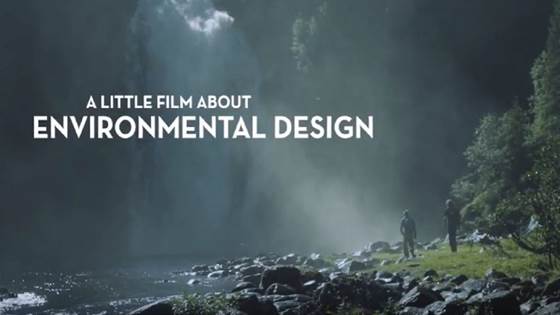
The concept of environmental design in regulated salmon rivers describes how to evaluate, develop and implement measures to improve living conditions for salmon populations in regulated rivers, while taking hydropower production into account. Watch...

Every schoolchild knows about Rudolph the Reindeer and his magic red nose. But Rudolph's real-life counterparts really do have a magic nose. The colder it is, the better it is in keeping the animals warm and hydrated.
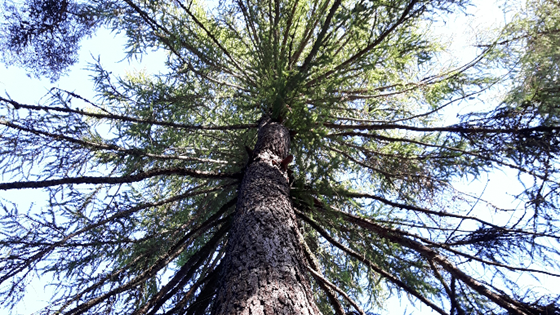
The Norwegian government has just agreed that the fraction of biofuels in petrol and diesel is to be raised from 5.5 to 7 percent next year. Within 2020, this fraction should be up to 20 percent. However, can biofuels be considered as a good...

The world will not be able to reach the goals of the Paris Agreement without technology capable of capturing, transporting and storing CO2.

As part of the new global climate change agreement, all the countries of the world have made a commitment to reduce their greenhouse gas emissions. They must now prepare their own domestic plans for emissions reductions. The goal is to prevent the...
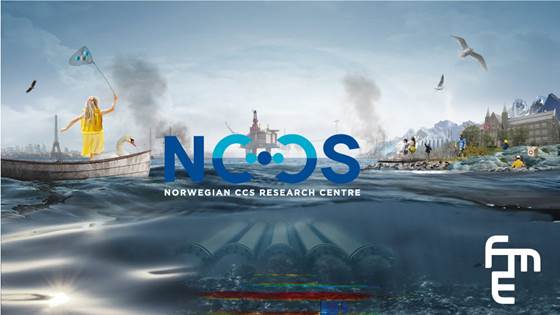
With the new climate agreement which comes into effect on Friday 4 November, the world is committed to cutting its greenhouse gas emissions. All countries must create their own national plans for cutting emissions – and then report on their progress...

Man-made refrigeration gases threaten the Earth's climate. The use of natural compounds like CO2 is an effective counter-measure.
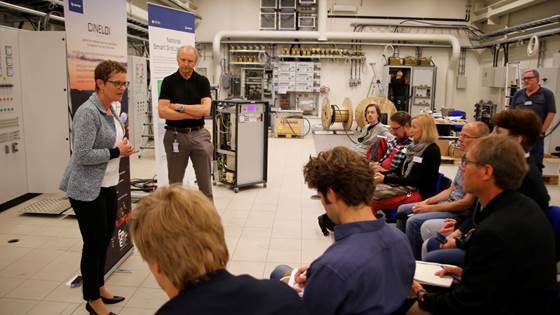
How will a future electricity grid manage the demands of induction cooking, charging electric cars and roof-installed solar panels? The answer is Smart Grids, which involves digitisation of the electricity grid.
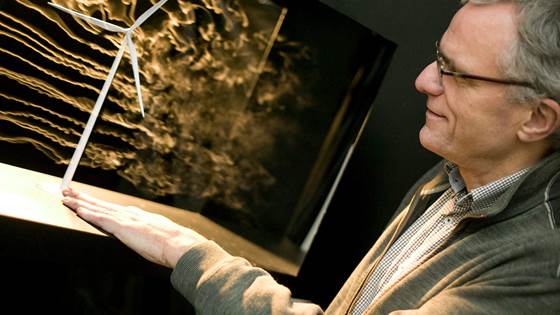
The EcoGrid EU project, an energy-market concept empowering households to manage renewables, wins one of the EU Sustainable Energy Awards 2016.
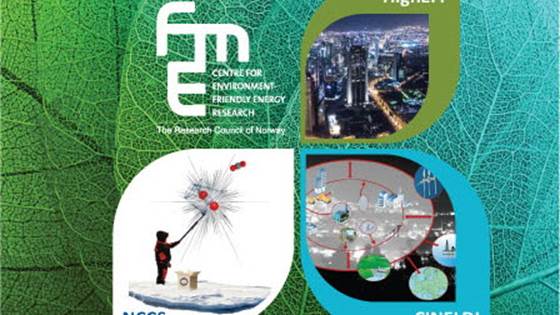
The Research Council of Norway has granted funding to eight new Centres for Environment-friendly Energy Research (FME). Each new centre is guaranteed an annual allocation of NOK 15‒25 million for up to eight years.

The study of tiny water droplets could result in more precise weather forecasts and climate models.
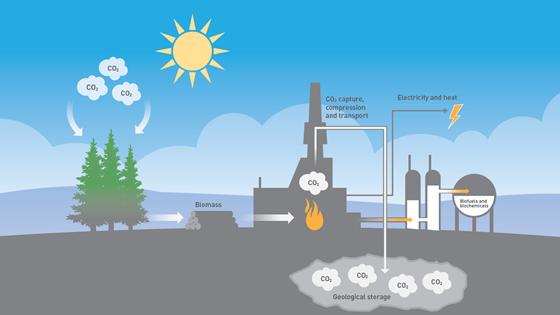
You may as well learn the expression “carbon-negative technology”, or Bio-CCS, right away, because it has become a talking point in technological circles. Gemini explains why.